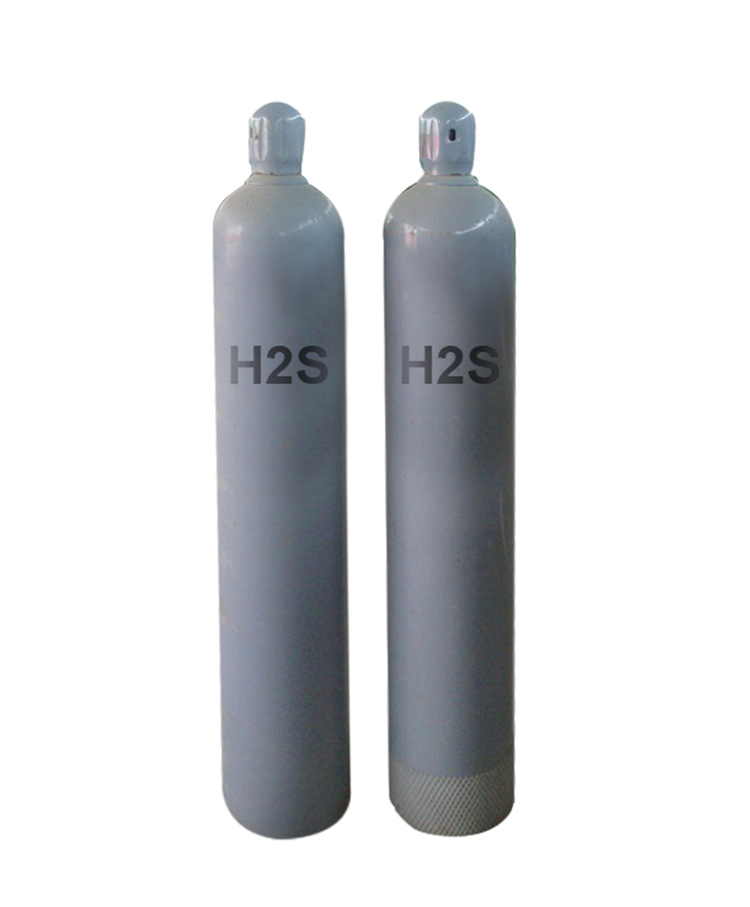Specialty gas - Hydrogen sulfide is regulated by OSHA and has a permissible exposure limit of 20 parts per million (ppm) ceiling concentration and a peak exposure limit. If no other measurable exposure, of 50 (ppm) for no more than 10 minutes occurs. Inhalation of concentrations of 500-1000 (ppm) will cause rapid unconsciousness and death through respiratory paralysis and asphyxiation. If it is inhaled or it comes in contact, hydrogen sulfide can affect the body. with the eyes, skin, throat or nose. If it is swallowed, it can also affect the body. Inhalation of low concentrations may cause dizziness, upset headache and stomach. At higher concentrations hydrogen sulfide may cause loss of consciousness and death. Hydrogen sulfide has a strong odor of rotten eggs at.

Low concentrations and a sweetish odor at higher locations. Odor should not be used as a warning of exposure since at concentrations of (20-30 parts per million) hydrogen sulfide may deaden the sense of smell by paralyzing the respiratory center of the brain and olfactory nerve. There are two types of respiratory protection acceptable for protection from hydrogen sulfide gas, SCBA or Supplied airline respirator. Respiratory protection should only be used if engineering controls are not feasible to control exposure to hydrogen sulfide gas.